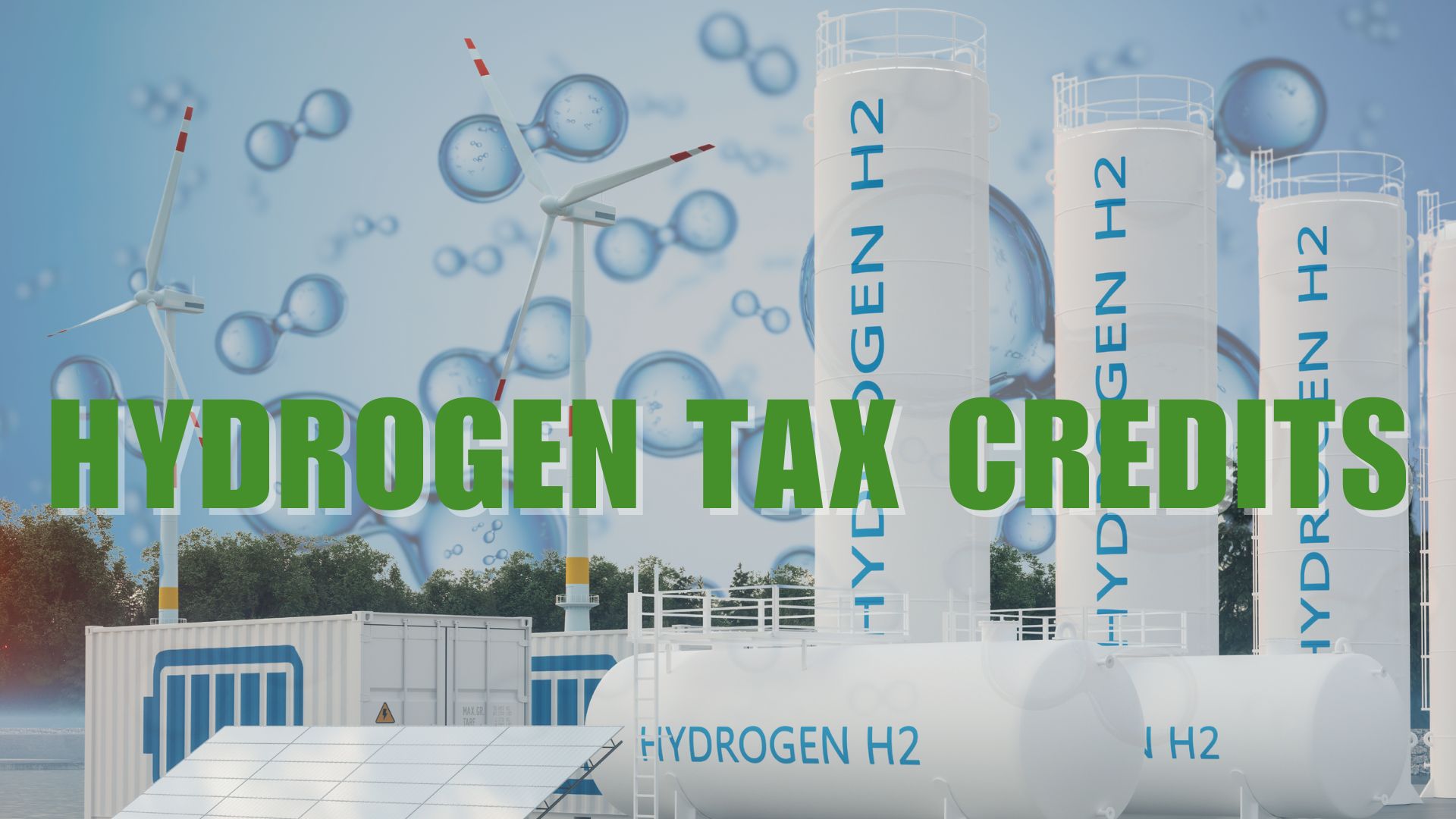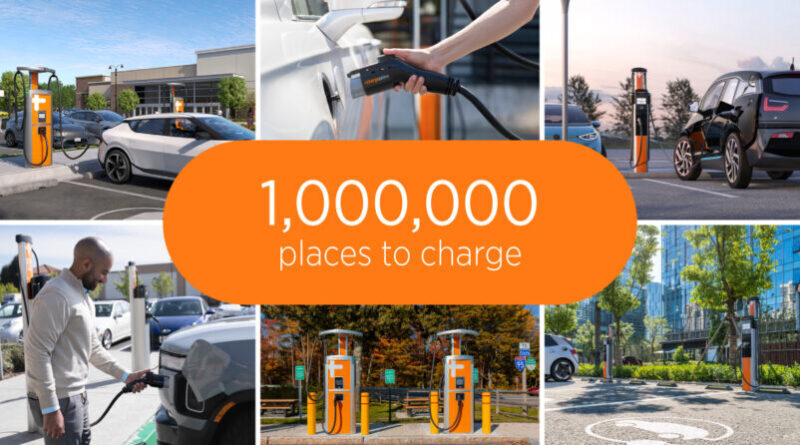Hydrogen’s Balancing Act: Cutting Costs, Building Demand, and Creating a Clean Energy Future
IEA Global Hydrogen Review 2024 Highlights Urgent Needs and Future Opportunities The release of the International Energy Agency’s (IEA) Global…

IEA Global Hydrogen Review 2024 Highlights Urgent Needs and Future Opportunities
The release of the International Energy Agency’s (IEA) Global Hydrogen Review 2024 has ignited critical discussions about the current state of hydrogen as an energy resource. While hydrogen holds immense promise as a clean and adaptable energy carrier, the report reveals clear gaps preventing it from reaching its full potential. For those curious about where this technology stands—and where it’s going—it’s a worthwhile read.
Hydrogen Innovation Speeds Up, But Are We on Track?
Picture this—you’re driving an electric vehicle that relies on hydrogen fuel cells, refueled in minutes rather than hours. That’s the kind of convenience hydrogen promises for a sustainable future. However, according to the IEA report, the speed of hydrogen’s adoption falls short of expectations.
The report underscores that to meet the Paris Agreement’s target of limiting global warming to 1.5°C, hydrogen deployment must scale significantly. Current timelines are sobering. By 2030, “low-emissions hydrogen” production capacity could hit 49 metric tons per annum (Mtpa)—but only if projects currently in the pipeline overcome delays. Without accelerated development, this figure drops to just 26 Mtpa, effectively halving the predicted impact.
Hydrogen enthusiasts often champion its clean credentials. Electrolysis technology, when driven by renewable energy sources, produces “green hydrogen” with no carbon emissions. But here’s the kicker—green hydrogen remains 1.5 to six times more expensive than hydrogen from unabated fossil fuels. This staggering price difference has led to a slow market takeoff, highlighting the pressing need for greater demand-side incentives and policy intervention.
Tackling the “Chicken and Egg” Dilemma
One of hydrogen’s greatest hurdles lies in its fragmented ecosystem. Imagine a bakery starting production without knowing whether anyone is willing to buy bread—that’s the plight of hydrogen suppliers today. The IEA report emphasizes a fundamental issue: producers hesitate to start large-scale operations without buyers, while buyers remain wary of committing without a stable supply and affordable costs.
Take the U.S. market as an example. Incentives like the Section 45V tax credits introduced in the Inflation Reduction Act are expected to bolster green hydrogen production starting in 2025. Still, much of the existing $100 billion in global hydrogen funding focuses disproportionately on supply-side issues, leaving demand creation as an afterthought. As a result, demand-side industries such as heavy transport, energy storage, and steelmaking are adopting hydrogen at a sluggish pace.
It’s not just the economics at play—workforce shortages and infrastructure challenges also create bottlenecks. While it’s daunting to solve these issues, the road ahead isn’t impossible. For instance, regional hydrogen hubs and large hydrogen storage projects, like those in Utah’s massive salt caverns, are beginning to show how large-scale operations can ease infrastructure concerns over time.
A Close Look at Electrolyzers and Production Challenges
If you’ve heard anything about hydrogen in technology news, you’ve likely encountered the term “electrolyzers.” These devices split water into hydrogen and oxygen using renewable energy, the crux of green hydrogen production. Between 2021 and 2024, global electrolyzer capacity grew ninefold—a staggering rate of progress! Yet, ironically, costs for these technologies have risen due to supply chain disruptions, keeping green hydrogen out of economic reach for widespread applications.
Blue hydrogen, produced from natural gas with carbon capture, has thus maintained its dominance in markets like the U.S. This trend will likely persist throughout the decade unless electrolyzer costs see unprecedented reductions. The IEA estimates that scaling adequately to meet demand would require a jaw-dropping 90% annual growth rate in the electrolyzer sector from 2024 to 2030—an industry transformation rivaling the golden age of solar PV.
Global Hotspots and Emerging Leadership
Beyond the U.S., international markets are heating up for hydrogen. Take Saudi Arabia’s Neom Helios project for green hydrogen or India’s Kakinada initiative. Both leverage low-cost renewable resources and government-backed incentives to drive forward giga-scale hydrogen ambitions. Meanwhile, Chinese manufacturers are supplying massive amounts of affordable electrolyzers globally, further democratizing technology access in regions like Southeast Asia and the Middle East.
However, European countries, bolstered by funding initiatives like the EU’s €2 billion hydrogen auction, remain crucial proponents of green hydrogen. Their policy-driven green ambitions continue to set a benchmark for other regions, even as global market trends lean heavier toward blue hydrogen solutions.
What Does the Hydrogen Timeline Look Like From Here?
Realistically, hydrogen won’t overtake traditional energy sources overnight—it’s a marathon, not a sprint. Looking ahead, 2030 serves as a pivotal checkpoint. If hurdles like production costs, infrastructure gaps, and demand hesitation are addressed, hydrogen’s wide-ranging applications could transform sectors. Imagine long-haul trucking powered by hydrogen fuel cells or electrical grids stabilized with large-scale hydrogen storage. These aren’t just futuristic dreams—they’re tangible outcomes that incremental progress today can deliver in the next decade.
It’s also worth noting how much flexibility hydrogen brings to global energy strategies. Unlike geographically-constrained resources, hydrogen can be produced almost anywhere using renewables, nuclear, or carbon-neutral fossil energy. This versatility makes it a “Swiss army knife” for decarbonizing sectors like aviation, shipping, and heavy industry, where direct electrification isn’t practical.
Why the Hydrogen Journey Matters for All of Us
Investing in hydrogen isn’t solely about cleaner skies or reducing emissions. It’s about future-proofing energy systems, stabilizing grids, and providing reliable power to underdeveloped regions. Whether you’re someone tracking this energy evolution closely or a passerby watching from the sidelines, hydrogen’s trajectory in 2024 and beyond remains a shared global story.
The IEA’s latest report highlights both cautionary tales and bright opportunities. While the path ahead clearly has obstacles, collaboration across industries, governments, and innovators can ensure we harness hydrogen’s potential effectively. The onus is on all of us to advocate for smarter policies and engage with the clean energy transition—not just for immediate results but for generational benefits.
Because, at the end of the day, isn’t the promise of a cleaner, more stable planet worth such efforts? The tools are slowly falling into place; it’s the will—and timing—that remain to be secured.
What's Your Reaction?





























































